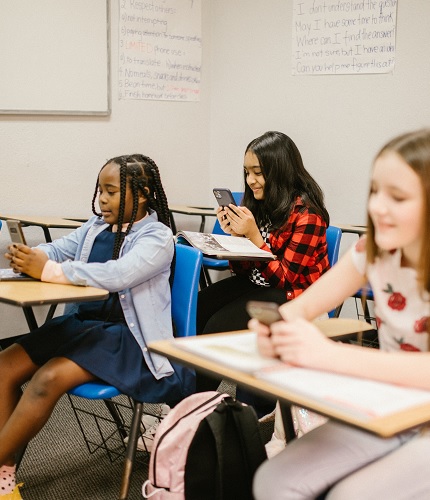Internet-ABC: Tips for the safe use of YouTube at school
YouTube facilitates digital teaching. Especially when face-to-face teaching has to give way to distance learning. In pandemic times, the use of (learning) videos is more in demand than ever. YouTube videos are available for almost any topic. They illustrate processes or explain facts - be it the math formula, the life of the snail or the question of how democracy works. In that sense, YouTube is a helpful and practical thing.
Caution: If children access YouTube via links, they can access the entire offering without restrictions, security settings or accompaniment. Here they are also quickly confronted with inappropriate or sexualized content, depictions of violence or hate speech and conspiracy theories.
What should teachers know about using YouTube in the classroom? Are they allowed to use explainer videos? Should students unconditionally use the YouTube platform in the school context? What are the possibilities and alternatives? What legal conditions apply to the use of videos? These and other questions are answered by the Internet-ABC in its Practical help for teachers on the topic of YouTube in the classroom.
Further information
- klicksafe teaching material: Cosmos YouTube
- Learning with YouTube
- YouTube and the practice of media education

